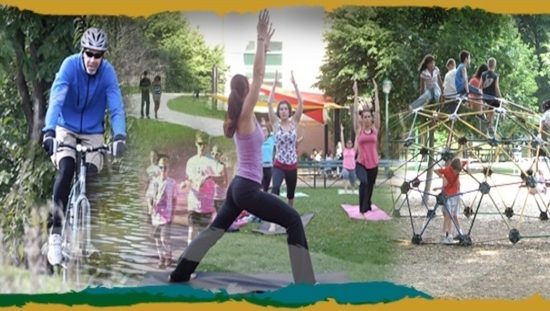Organizational behavior is “The study and understanding of individual and group behavior and patterns of structure in order to help improve organizational performance and effectiveness.”(Laurie J. Mullins)
Another definition of organizational behavior is “The study of how thoughts, feelings and behaviors of individuals and groups in organizations are influenced by the actual implied or imagined presence of others.”(Leigh Thompson)
In order to understand organizational behavior in depth, one has to realize two important dimensions of human behavior i.e.
- Individual behavior
- Group behavior
Individual behavior
Individual behavior can be defined as a mix of responses to external and internal stimuli. It is the way a person reacts in different situations and the way someone expresses different emotions like anger, happiness, love, etc. The way a person behaves in different situations depends upon certain individual characteristics which may either be inherited or learned in nature.
a) Inherited Characteristics
The features individuals acquire from their parents or from our forefathers are the inherited characteristics. These include color of a person’s eye, shape of the nose, shape of earlobes, and Religion/Race of a person
b) Learned Characteristics
The characteristics an individual acquires by observing, practicing and learning from educational institutions, home and society are known as learned characteristics. These consist of the following features;
- Perception − Result of different senses like feeling, hearing etc.
- Values − Influences perception of a situation, decision making process.
- Personality − Patterns of thinking, feeling, understanding and behaving.
- Attitude − Positive or negative attitude like expressing one’s thought.
Group behavior
A large number of people in a given area behave simultaneously in similar way and have a similar goal that might be different from what they would do individually.
For example, a large group of people is likely to show example of group behavior when they gather in a given place and time, and act in a similar way. For example, a march, a protest, a collective prayer and workers working on a project are only a few to name.
A group behavior can be stated as a course of action a group takes as a family. Group behavior is often guided by some rules and regulations which may or may not be so with the individual.
Types of Groups
There are two types of groups individuals form. They are formal groups and informal groups.
a) Formal Groups
These are the type of work groups created by the organization and have designated work assignments and rooted tasks. The behavior of such groups is directed toward achieving organizational goals.
Formal groups can be further classified into two sub-groups;
- Command Group − It is a group consisting of individuals who report directly to the manager.
- Interest Group − It is a group formed by individuals working together to achieve a specific objective.
b) Informal Groups
These groups are formed with friendships and common interests.
These can be further classified into two sub-groups;
- Task group − Those working together to finish a job or task is known as a task group.
- Friendship group − Those brought together because of their shared interests or common characteristics is known as friendship group.
OTHER RELATED POSTS



